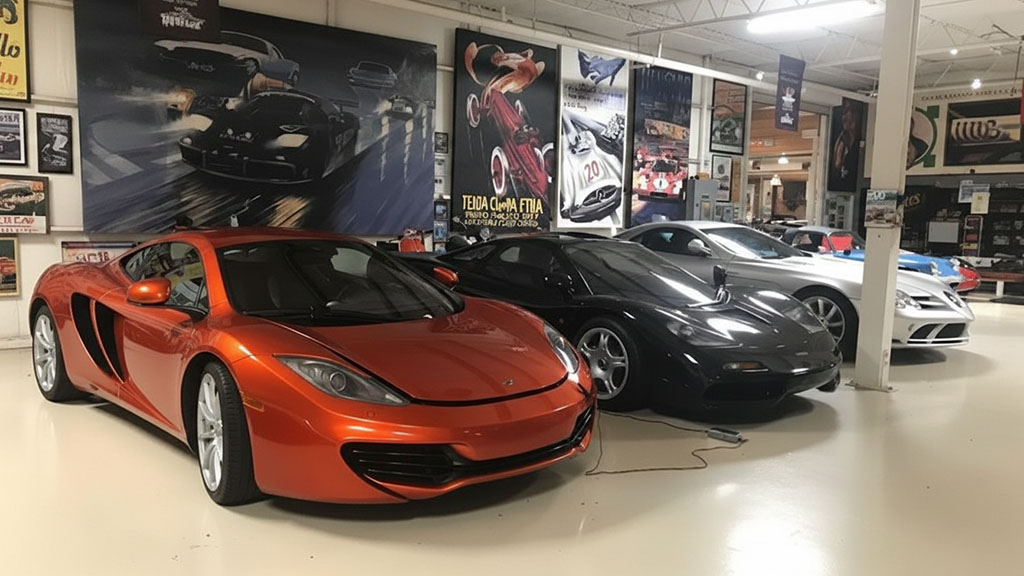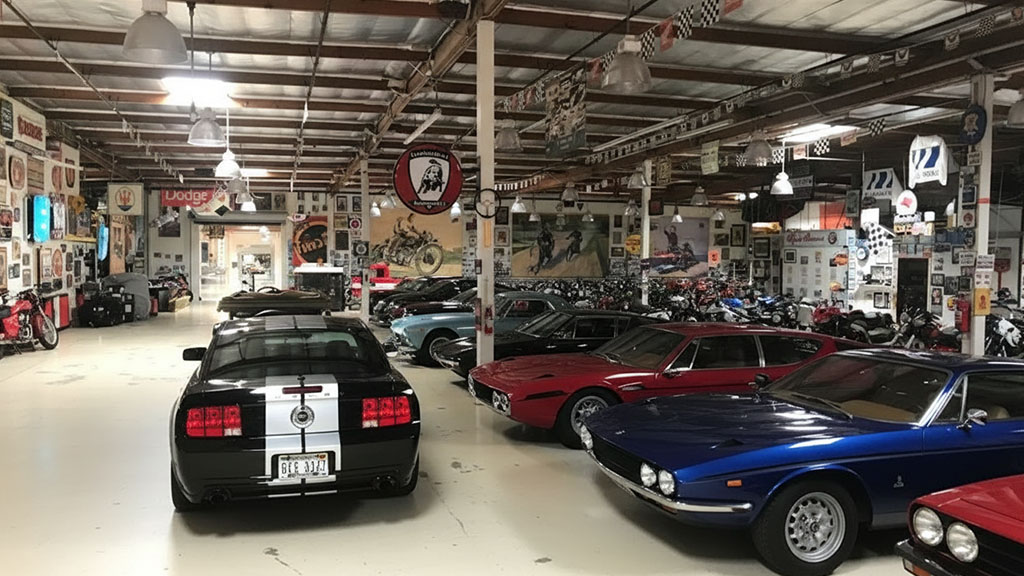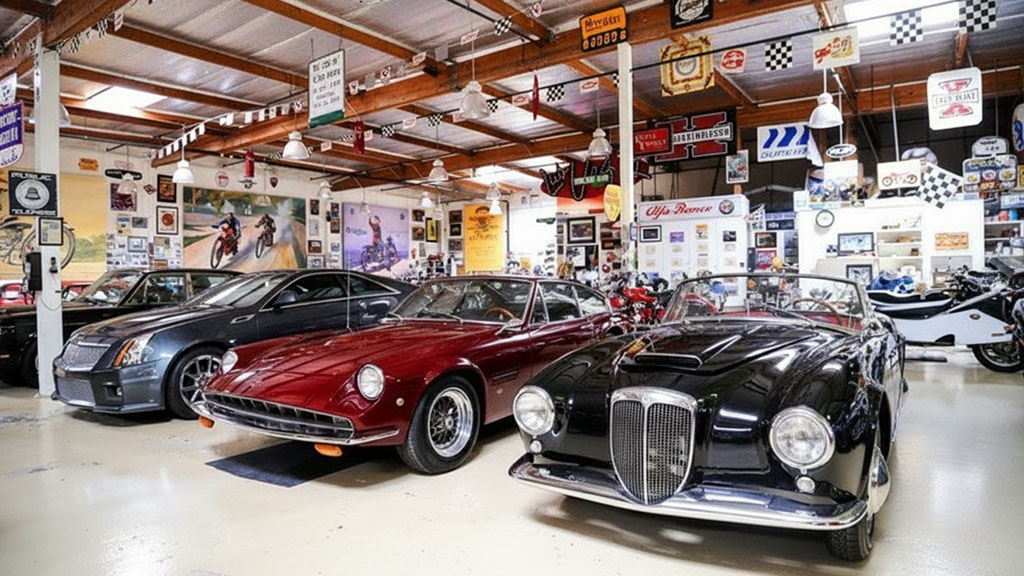In the vast and often opaque world of classic car ownership and high-end collecting, one figure stands as a truly accessible and genuine authority: Jay Leno.
His collection, known simply as Jay Leno’s Garage, is not just a repository of rare vehicles; it is an active, 140,000-square-foot workshop and living museum located in Burbank, California.
As we look ahead to 2025, the collection continues to redefine what it means to be a serious custodian of automotive history, influencing everything from restoration culture to vehicle compliance.
Leno’s passion transcends mere financial accumulation. While high-value assets like classic cars can certainly be part of a diversified portfolio, Leno himself embodies the joy of the pursuit, often asserting, “You don’t buy the car so much as you buy the story.”
This philosophy is what transforms his garage from a billionaire’s bunker into a cultural institution, offering essential lessons for every enthusiast, especially those navigating the complexities of owning and registering a unique vehicle.
The Eclectic Engineering of the Big Dog Garage

What separates Jay Leno’s collection from other celebrity garages is its stunning breadth, covering the entire timeline of mechanical propulsion. Unlike collections focused solely on modern hypercars or specific marques, Leno’s fleet of over 181 automobiles and 160 motorcycles is a comprehensive educational resource.
The collection is a masterclass in engineering history, containing vehicles most collectors would never attempt to acquire, let alone maintain.
This includes pre-war oddities, pioneering electric vehicles like the 1909 Baker Electric (highlighting that the electric car is far from a new invention), and massive steam-powered relics such as the 1906 Stanley Steamer.
Juxtaposed against these historical anchors are cutting-edge machines and one-offs, including his beloved McLaren F1, various Duesenbergs, and his legendary 1,000-horsepower 1934 Rolls-Royce powered by a 27-liter Merlin aircraft engine.
For the everyday collector, the sheer diversity is the most captivating element. It demonstrates that passion for cars isn’t limited to V8 muscle or Italian flair; it’s about appreciating the unique solutions engineers devised across centuries.
The Philosophy of Motion: A Collector Who Actually Drives

In the collector community, there is an unspoken tension between preservation and use. Many hyper-rare cars are stored away in hermetically sealed environments, ensuring perfection but sacrificing their mechanical purpose. Leno rejects this static model completely.
His cars are not museum pieces behind velvet ropes; they are operational vehicles, maintained by a dedicated, in-house team of skilled mechanics. Every car, from the Bugatti Type 37 to the 1963 Chrysler Turbine car, is ready to be driven.
This commitment to driving and using the machines as intended is central to his appeal and his contribution to car culture. When Leno takes a rare car for a drive on the popular Jay Leno’s Garage digital and television series, he is not just showcasing a vehicle; he is validating the entire hobby.
He shows that these mechanical masterpieces were built to move, and that their stories are best experienced from behind the wheel.
This operational philosophy also comes with practical implications for ownership. Keeping a diverse, historically significant, and often unique fleet running requires unparalleled expertise in maintenance, parts sourcing, and compliance.
How Ride Legal Gets Classics and Custom Builds Road-Ready

Leno’s influence extends far beyond his massive garage walls, thanks to the accessibility afforded by the Jay Leno’s Garage media empire.
By showcasing classics alongside modern supercars, he has cultivated a new generation of enthusiasts, democratizing a hobby once seen as reserved for the ultra-wealthy. This widespread cultural impact creates a demand for services that make high-stakes, specialized vehicle ownership easier.
Furthermore, Leno has become an active advocate for collectors in the legislative arena. A prime example is his support for legislation like California’s Senate Bill 712 (sometimes referred to as “Leno’s Law”), which aims to simplify and clarify registration and smog check exemptions for older, historically significant vehicles.
This effort underscores a vital, often overlooked aspect of the classic car ownership experience: maintaining proper vehicle status and road-readiness.
For collectors who import specialty vehicles, deal with custom builds, or simply need to register a cherished classic, the paperwork can be a labyrinth. This is precisely where the philosophy of the collection meets the mission of Ride Legal.
Owning a piece of automotive history, whether it’s a million-dollar Duesenberg or a properly modified weekend track car that needs to be street-legal, requires a partner who understands the nuance of state-by-state registration, title transfer, and titling requirements.
Ready to embrace your freedom and hit the road in your dream ride?
Ride Legal simplifies the process, turning paperwork into pavement. Get your specialty vehicle, SUV, car, off-road, RV, and more road-legal now and focus on the road ahead.


